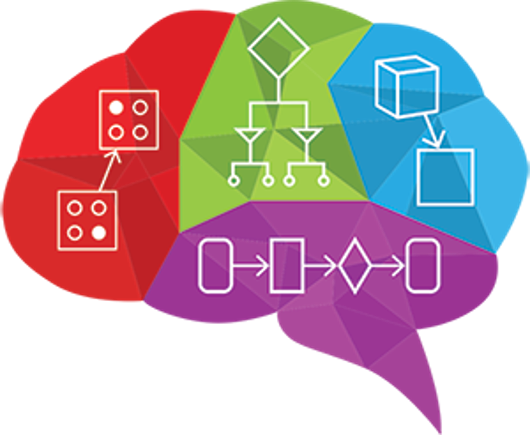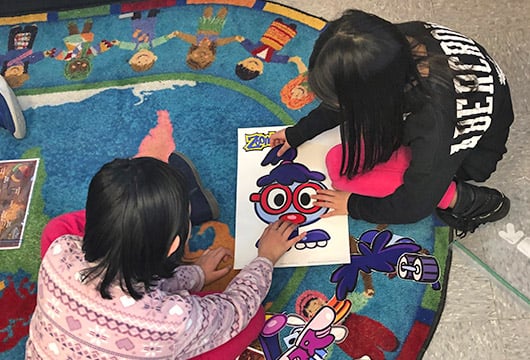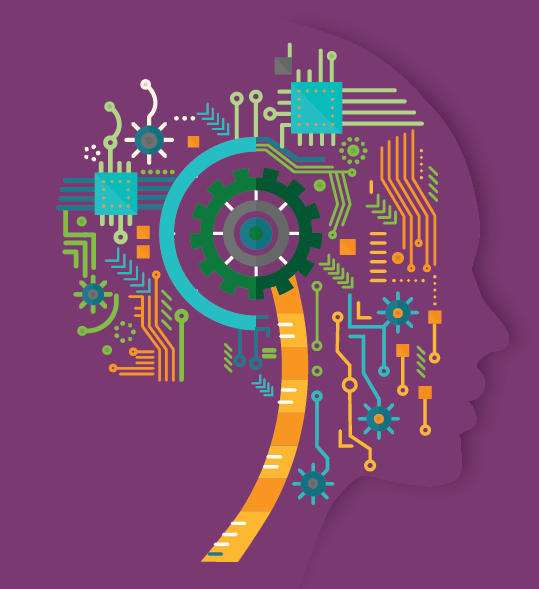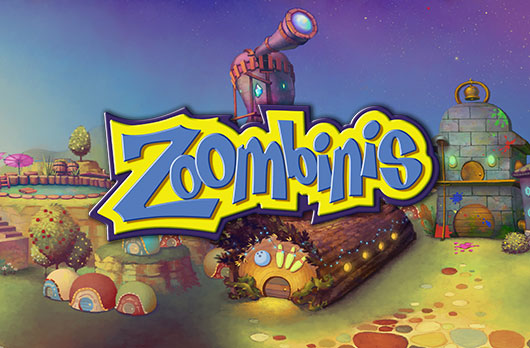TERC Blog
Is Data Science Part of Computational Thinking?
Part 5: Understanding Computational Thinking: An Interview with Andee Rubin
 Delving further into the ways people at TERC have been defining… or at least thinking about… CT in education, we turn to part of our interview with Andee Rubin. Andee’s a mathematician and computer scientist, who’s been at TERC for over 27 years. She’s been working in statistics and data science education, often using computers, since the late 1980s, with students as young as kindergarten and as old as seniors in high school, and with teachers across the grades.
Delving further into the ways people at TERC have been defining… or at least thinking about… CT in education, we turn to part of our interview with Andee Rubin. Andee’s a mathematician and computer scientist, who’s been at TERC for over 27 years. She’s been working in statistics and data science education, often using computers, since the late 1980s, with students as young as kindergarten and as old as seniors in high school, and with teachers across the grades.
When we asked to interview Andee, she questioned if she was an appropriate person to include. So with this post and Andee’s input, we’re exploring—but not trying to answer—a top-level question: What’s the relationship between data science and computational thinking?
Mike: Thank you for agreeing to sit down with us, Andee. I know you weren’t certain this was a good fit. Still, if we forced you to define CT ...
Andee (cutting Mike off): I would refuse! (laughter all around)
Mike (smiling): Alright, then can you start us off with some of your thoughts on computational thinking?
Andee: Let me see. I think if using computational tools is computational thinking, then we’re doing that all the time in our work with data. It doesn’t make sense to me to talk about working with data without thinking about using computational tools. I’m not sure it ever made sense, but we didn’t have good tools until the last couple of decades.
What’s important is the facility with which a computational tool allows you to engage with data and make meaning—I like using that term, making meaning with data, because that’s not always the way it’s presented, but that’s really what it’s about for me. Anyway, making meaning with data is almost impossible to do without technology.
So I think there is computational thinking, by my definition, just in the use of computer tools to analyze and make meaning with data. But I think the deeper piece of computational thinking happens when you develop a piece of re-runnable code that can do the same process multiple times.
Teon: That’s a lot to take in, and that last piece, in particular, gets us closer to some areas where people will see more obvious CT connections. However, I want to first step back for a moment to why we’re talking at all with someone focused on data science when our primary focus is computational thinking.
Andee: Putting data science in the context of computational thinking comes out of the Weintraub paper that many people use as their definition of computational thinking. There are four parts of that framework, and one of them includes multiple ways of working with data that I would call components of data science. So I’m happy to consider data science part of computational thinking, or to consider it a separate field that has its own right to exist, whether or not we’re working on computational thinking.
Mike: Fair enough. So backtracking to what you said earlier about the use of computational tools and their role in making meaning with data and possibly in computational thinking. Can you talk a little bit more about this?
Andee: The tools we’re using [in our projects with students] involve direct manipulation of data—students can drag a variable to an axis, can filter to look at only a subset of the data, and such. Students don’t need to code to accomplish those things, but they're doing things that could be accomplished by coding, especially if you want to do the same set of steps on multiple data sets.
I think, perhaps, the computational thinking really comes in when you want to do the same process over and over again, so you need to define.
Mike: At the risk of putting terms in your mouth, it sounds like creating algorithms is quite important for something to be defined as computational thinking.
Andee: For me, yes. And it’s not just creating algorithms. I think sometimes we call anything that is a series of steps that have to happen in order computational thinking. There’s the classic making a peanut butter and jelly sandwich as computational thinking, and I’m not so sure that gets us very far. I think including variables in the steps about how you make a sandwich—take the first thing and take the second thing—gets closer, to me, to computational thinking. It has the idea of variables and abstraction in it. But I think we oversimplify computational thinking by just saying, oh, it’s any sequence of steps that has to go in that order.
Teon: You’ve now touched upon algorithm design as another possible component of computational thinking. How about abstraction?
Andee: Yes, I believe that abstraction is key. But again, we have to be careful about what we mean by abstraction. Abstraction is a term people have been using for a long time, and I bet we all mean something slightly different by it. So I think it bears more analysis.
We also need to be careful in talking about “finding patterns,” which is another one of the often-mentioned aspects of computational thinking. We ask students to find patterns in alternating colors in kindergarten and first grade in math. Do we want to say that’s computational thinking? What does it get us to say that, or what does it get us to say, no, that actually isn’t CT?
So I think that’s the question to ask: What leverage does it [talking about something as CT] get us?
Teon: A question for us all to keep in mind. Thank you, Andee.
Key Take Aways
In her interview, Andee discussed the contribution of Weintrop’s paper from 2015 and how it relates to CT and in her work. She also points out that computational tools are important when discussing CT. However, she will not offer a concrete or operational definition of CT. Andee cautions the field that many terms associated with computational thinking are being oversimplified and there might be different meanings for each term. She encourages everyone to be specific as possible when discussing computational thinking to make sure others know exactly how they are defining these terms in their work.
This concludes our current series of blog posts on understandings of computational thinking at TERC. This is just the beginning of our explorations, with preliminary interviews with just two TERC senior leaders. As our work continues in this area, and as we look to more and more differing voices about CT, we hope to revisit more on this topic in future blogs. Stay tuned.
Navigate to other blog posts in this series here:
- Bonus Article - What is Computational Thinking? Teachers' Understands of Computational Thinking









